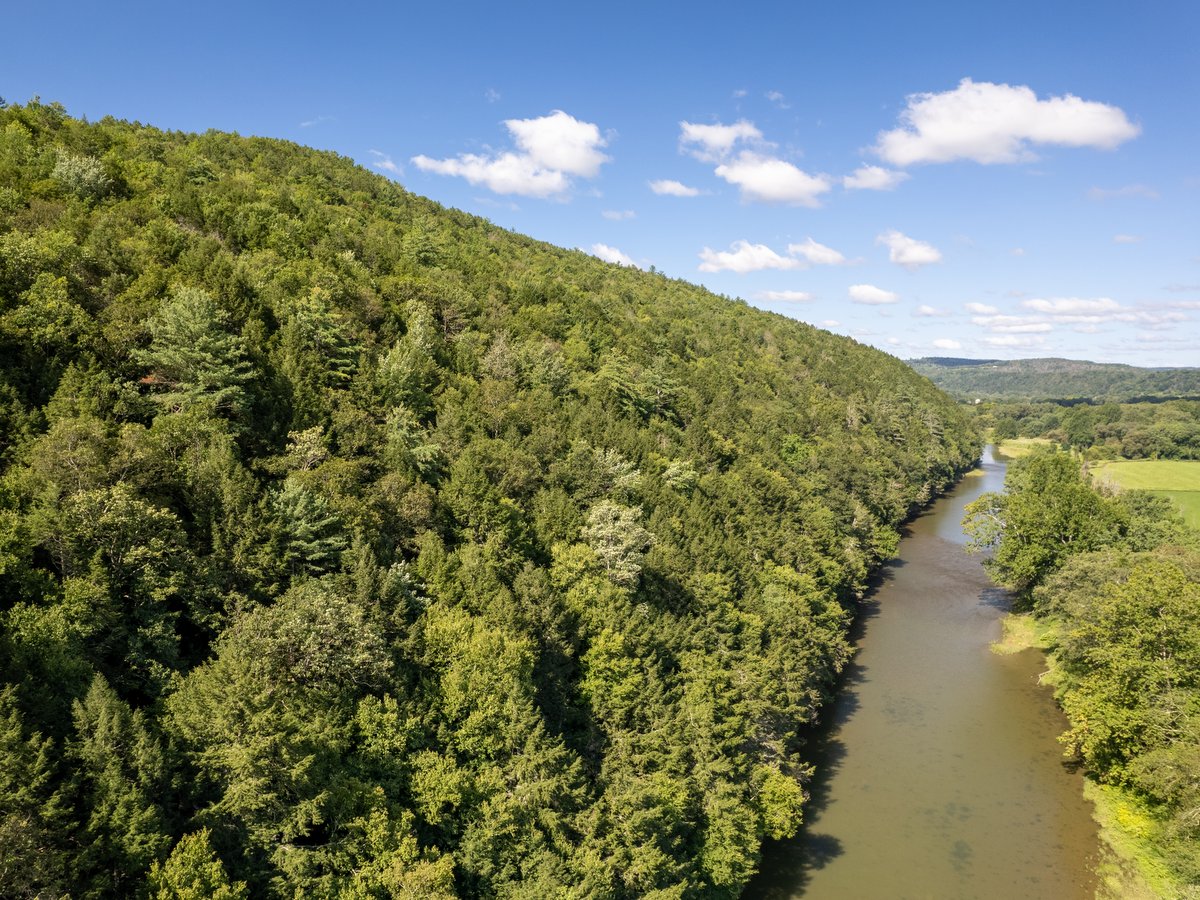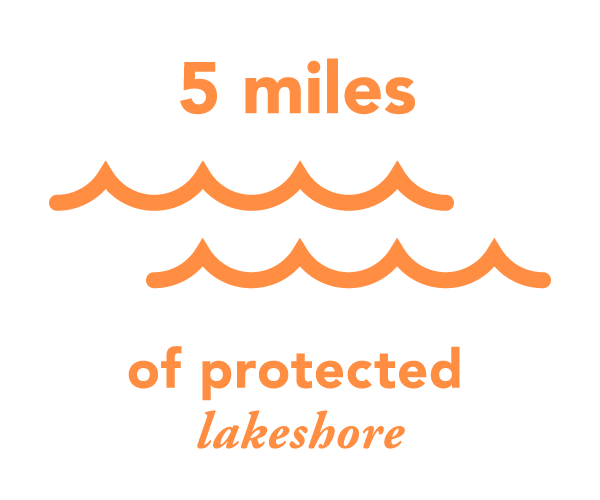The Finger Lakes Land Trust today announced it has completed the largest conservation project in its 35-year history with the purchase of nearly 1,000 acres featuring one mile of frontage along the Canisteo River. The 992-acre property is located in the towns of Erwin and Lindley, Steuben County, just southwest of Corning.

Photo: Chris Ray
Containing forested hillsides, multiple streams, small meadows, and miles of existing trails, the land lies within an identified Habitat Linkage Zone by the New York Natural Heritage Program and is home to black bears and Bald Eagles. Visible from Interstate 99, the property has an elevation of 1,520 feet at its highest point.
Protection of this property will expand outdoor recreation opportunities, safeguard wildlife habitat, and enhance water quality in the Canisteo River and further downstream. The Canisteo is a tributary to the Tioga River in the Susquehanna River basin of the Chesapeake Bay watershed.
The property acquired the name “Bad Bear Hill” many years ago when the previous landowner was planting trees for reforestation. Plastic tree protectors were placed around the young trees to guard against depredation by the deer population. Unfortunately, curious bears found that the tree tubes were great chew toys, and pieces were found scattered throughout the forest.
The FLLT intends to convey Bad Bear Hill to New York State as an addition to the adjacent McCarthy Hill State Forest which will more than double in size. After developing an interim management plan, the FLLT will open the property to the public for daytime use, sometime during the spring of 2024.
The purchase was made possible by the FLLT’s internal revolving loan fund that is utilized for time-sensitive acquisitions and replenished either through fundraising or the sale of land to a public conservation agency.
“This was truly an exceptional opportunity,” said FLLT Executive Director Andrew Zepp. “Our projects regularly involve working with multiple landowners to conserve the landscapes of the Finger Lakes. This single acquisition is large enough to provide an immediate positive impact for multiple wildlife species while also providing local residents with room to roam.”

